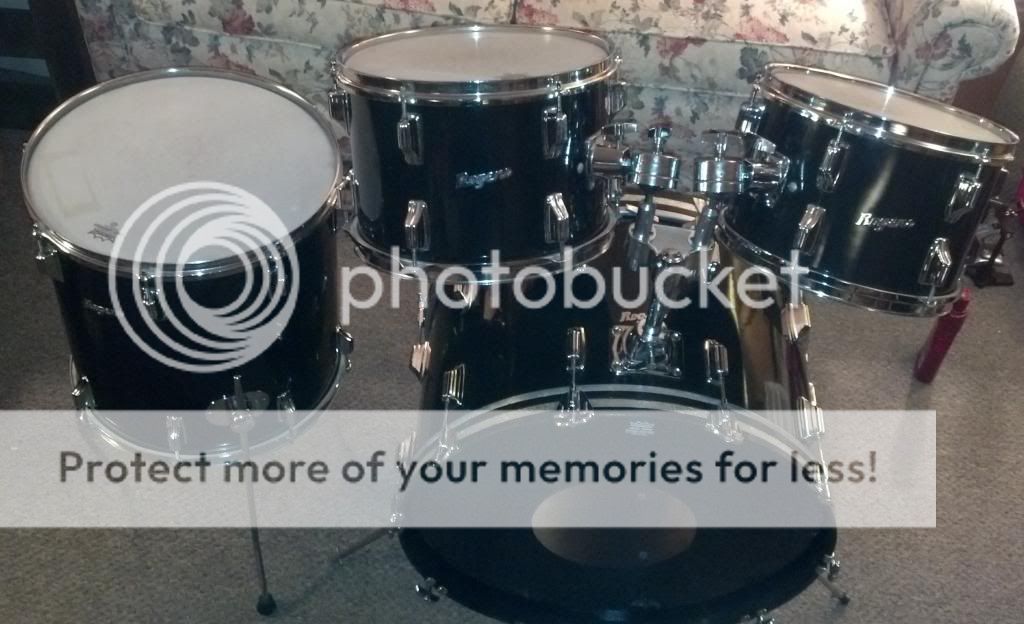Re: I think I may have a problem...
Nice link... I didn't know all that.
I do know more than a little about how one head and two head toms behave. It's an understatement to say they sound different, they are different. Not better/worse but different. The two headed drum will be far more variable in voicing possibilities since you can detune the two heads apart, shifting the fundamental (lowest thud pitch) note that is determined by both heads moving together, relative to the higher overtones local to just the batter head. Tuning a one head drum, shifts the fixed set of overtone resonances up/down together. Tuning two heads differently alters the ratio between some overtones.
All things equal, they aren't. Two similar weight heads, have two times the mass of one, plus the captured air column between the two heads, adds even more mass to the vibrating system. While logically you would expect a lower fundamental note pitch, perhaps paradoxically adding a second identical mass and tension resonant head shifts the fundamental note pitch up not down as you might expect (I would expect). Of course the higher mass vibrating system can hold and release more energy so decay tails are longer.
Besides this added variability from tuning, there will also be a difference is relative loudness of some of the lower overtones affecting the sound signature. At some point I need to write up a comparison with more details. The objective literature on the subject has not documented this very well.
JR



